This Scribble was scribbled by Annie Bland (Speech and Language Therapist and Chatty Tots Coordinator at TCP).
Here at the Children’s Place, we run a variety of small groups called ‘Chatty Tots’ to address speech, language and social communication difficulties.
Determining whether a child would benefit from group therapy is a complex process based on the child’s needs, the design and focus of the group and whether they would be a good fit with an already established group. Group therapy may not be beneficial for all children or appropriate at a particular time, but for those children who are determined to be a good fit for one of our groups, there are many unique opportunities and benefits.
Our groups provide an opportunity for children to apply skills learned in the one on one setting to a supported environment with their peers. Our ultimate goal as Speech and Language Therapists is the generalisation of skills to the child’s natural environments. Small group environemtns can be a great in-between step for a lot of our children who may have accomplished or achieved their goals in the one on one setting but who continue to need an extra bit of support with their skills outside this environment. Gaining confidence in practising their skills in a group setting can help them to use these skills in other environments outside of our clinic doors.
Groups are also a good way for our children who have difficulties with social interaction or communication to practice and develop skills such as greeting their peers, taking-turns and having meaningful peer interactions. As developing peer relationships is often what is most valuable to our clients with social communication difficulties (and their families), I thought I would share a few ideas on how to facilitate interactions in small groups which is often the first step in developing peer relationships.
Manipulating the environment
Manipulating the environment in the group setting is one of the main ways we encourage interactions in our groups. As the group is often the first step for many of our clients after one on one therapy, creating a supported environment in which children are motivated to interact is often necessary. The eventual goal is that the manipulation will be faded as manipulating the external environment is not as easily achieved and we want to best prepare our children for their interactions in other environments, such as at home or at school.
To manipulate the environment, we may plan an activity in which a highly motivating toy or game is in another peer’s possession, encouraging the child to request the item from the peer. We also might choose particular turn-taking games that we know most children will enjoy and that require the children to interact. During turn-taking style games, we may manipulate these even further by taking out parts of the game such as only providing one hammer in ‘Don’t break the Ice’ so that children have to request for their hammer for their turn. 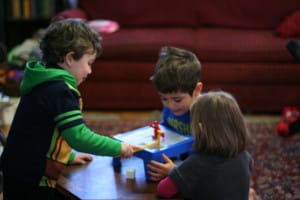
Choosing highly motivating items
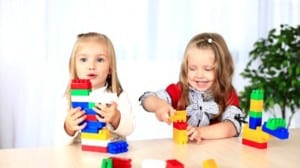
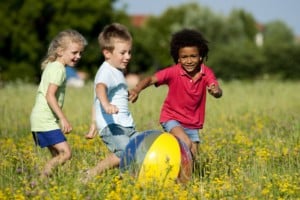
Modelling and prompting
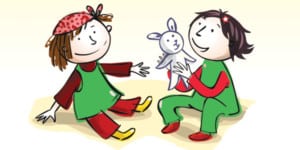
While the ideas shared above are drawn from our Chatty Tots groups here at TCP, the strategies for facilitating interactions can be implemented in other environments such as at home with siblings or during play dates and can even be shared with your child’s teachers at school to best support your child in their peer interactions.
Please enquire if you think your child may benefit from one of our small groups here at TCP or if you would like any additional reading!

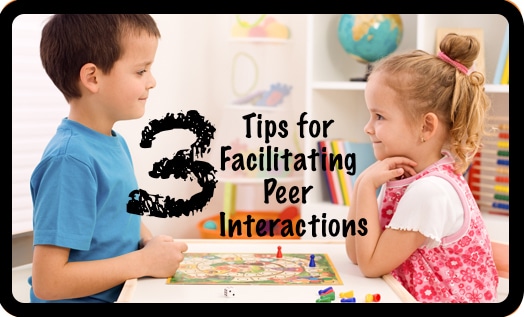
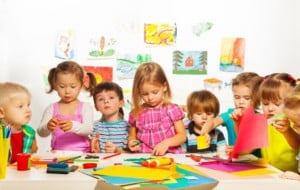
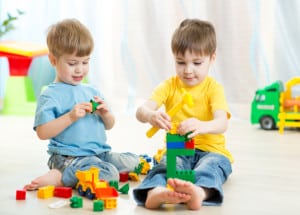

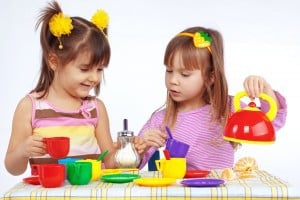
Leave A Comment